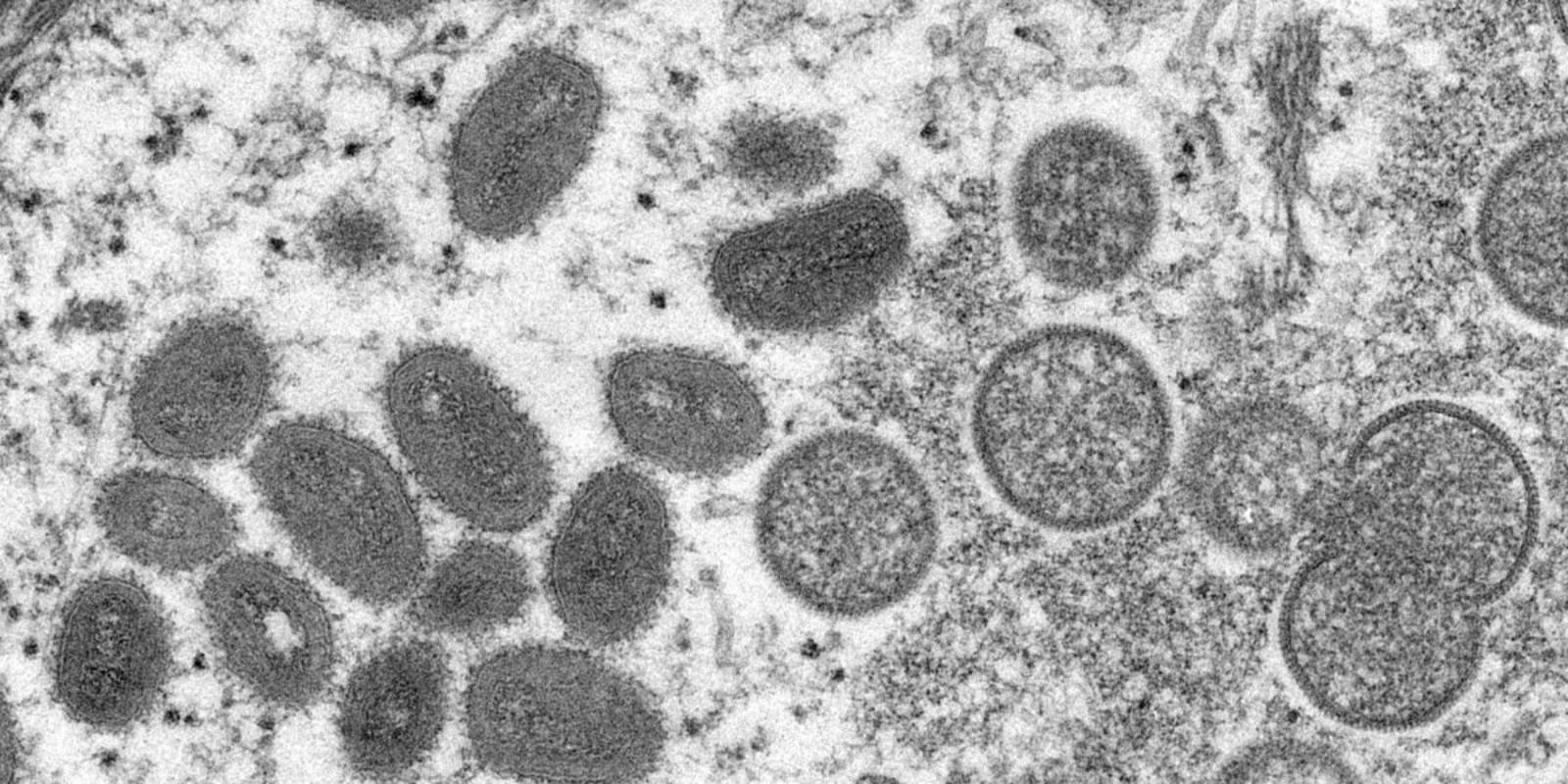A team of Indian scientists have found that the monkeypox virus strain circulating in the country is different from the strain that caused ‘superspreader events’ in Europe, leading to a global outbreak of the disease.
The team from Indian Council of Medical Research-National Institute of Virology (ICMR-NIV), Pune, conducted genetic sequencing of two monkeypox cases from Kerala.
Advertisement
The data showed that the virus strain present in the country is A.2, that was recently imported to India from the Middle East. It was earlier present in Thailand and the US during the 2021 outbreak. However, the strain that caused superspreader events in Europe, was due to B.1.
“The present sustained human-human transmission of the monkeypox virus is believed to have happened via superspreader events in Europe with 16,000+ cases now spread across 70+ countries. This largely is represented as the B.1 lineage of the virus and encompass the predominant lineage for genomes in 2022,” Vinod Scaria, scientist at CSIR-Institute of Genomics and Integrative Biology (IGIB), tweeted.
He noted that A.2 is in contrast to the majority of the genomes across the world which belong to B.1 lineage; and the A.2 cluster, seen in India, is “not suggestive of a superspreader event”.
“This would mean” that the cases in the country “are not possibly linked to the European superspreader events”, Scaria wrote.
“We might be looking at a distinct cluster of human-human transmission and possibly unrecognised for years. The earliest sample in the cluster from the US is indeed from 2021 suggesting the virus has been in circulation for quite some time, and earlier than the European events,” he added.
He suggested increasing genomic surveillance in the country as more cases emerge and possibly sequence every single case.
“Public health measures and communication needs to take these new insights into consideration. Wide testing and awareness could uncover many more cases,” Scaria said.











